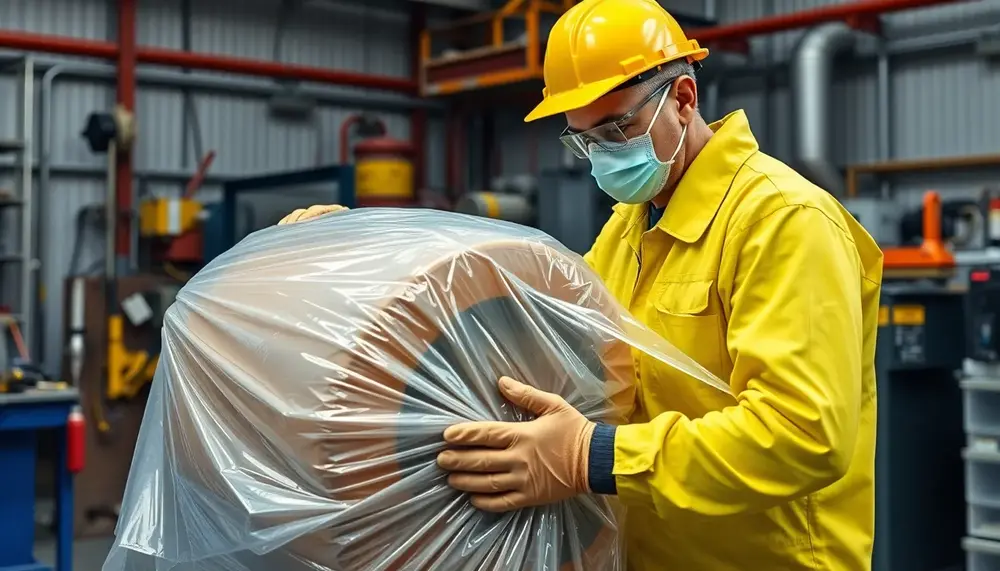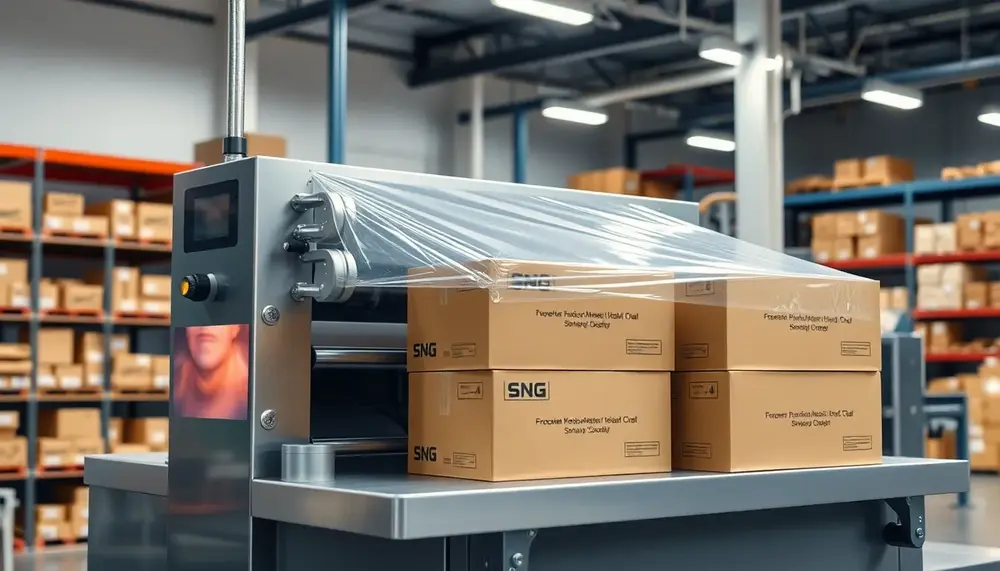Heat shrink
Heat shrink
Heat Shrink in Packaging
Heat shrink is a versatile packaging material. It shrinks tightly when heated, creating a secure seal around the product. This method is popular for bundling items together or protecting individual products.
How Does Heat Shrink Work?
Heat shrink is made from plastic film. When you apply heat, the film contracts. This process ensures a snug fit around the item, offering protection and stability.
Benefits of Using Heat Shrink
Using heat shrink in packaging has many advantages. It provides a tamper-evident seal, which helps with security. It also protects products from dust, moisture, and damage during transit.
Types of Heat Shrink Materials
There are different types of heat shrink materials. Common options include polyolefin, PVC, and polyethylene. Each type has unique properties, making them suitable for various applications.
Applications of Heat Shrink in Packaging
Heat shrink is used in many industries. It is common in food packaging, electronics, and retail. For example, it can bundle multiple cans together or protect a new electronic device.
How to Apply Heat Shrink
Applying heat shrink is simple. You place the film around the product and apply heat using a heat gun or shrink tunnel. The film then shrinks to fit the product perfectly.
Conclusion
Heat shrink is an effective and versatile packaging solution. It offers protection, security, and a professional appearance. Whether for bundling or individual product protection, heat shrink is a valuable tool in the packaging industry.
Blog Posts with the term: Heat shrink

Asbestos poses significant health risks due to its tiny fibers, necessitating safe containment methods like heavy-duty plastic wrapping to prevent airborne exposure. This method provides a durable barrier against asbestos but requires proper training and disposal procedures for effective use....

Industrial packaging is crucial in logistics, acting as a protective and efficient shield for goods during transit by ensuring stability, safeguarding against environmental factors, and optimizing space to reduce costs. It plays an essential role in maintaining the integrity of...

Heavy duty shrink packaging machines are transformative tools that enhance efficiency, reduce costs, and ensure product protection while boosting visual appeal and brand recognition. They provide durability, adaptability to demanding environments, optimized material usage, and advanced automation for industries aiming...
